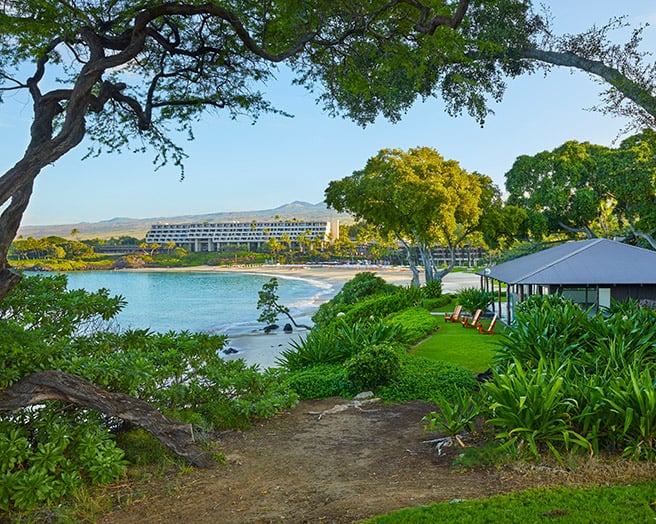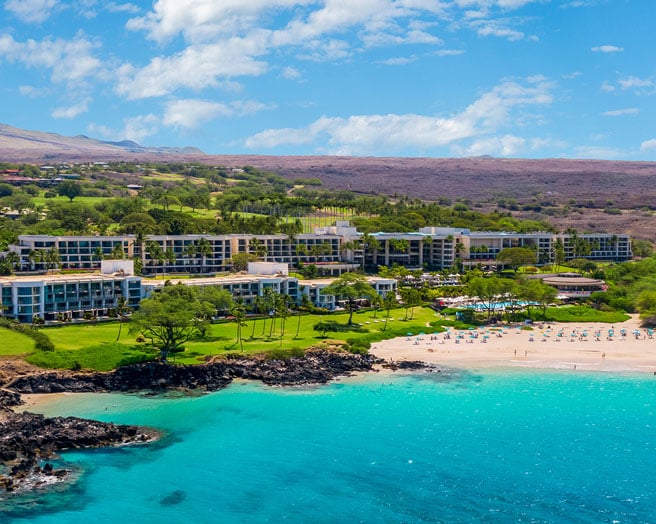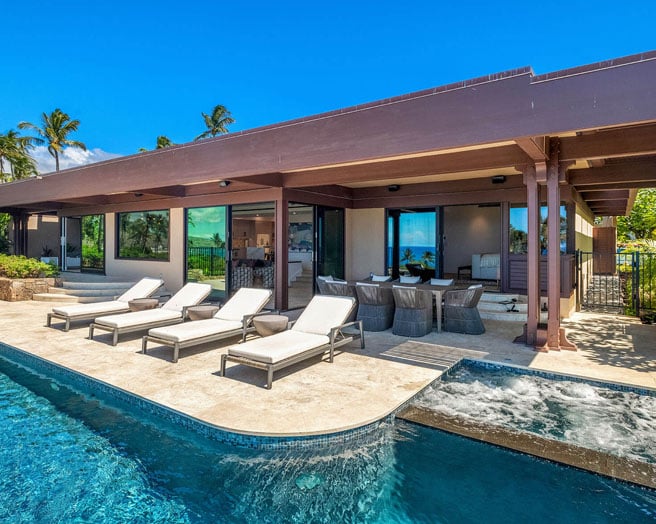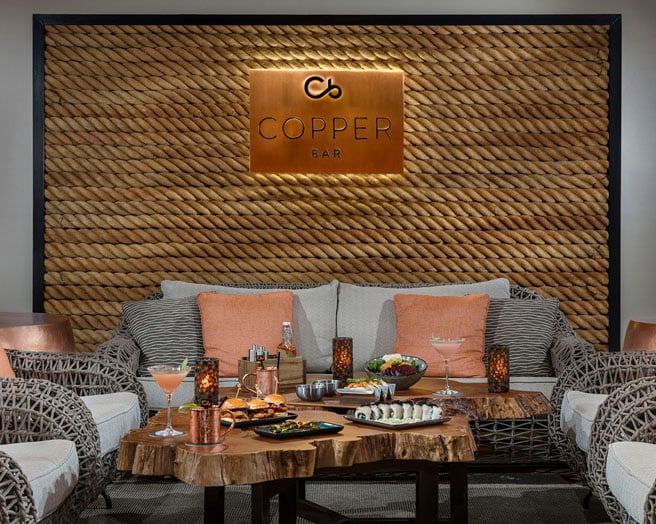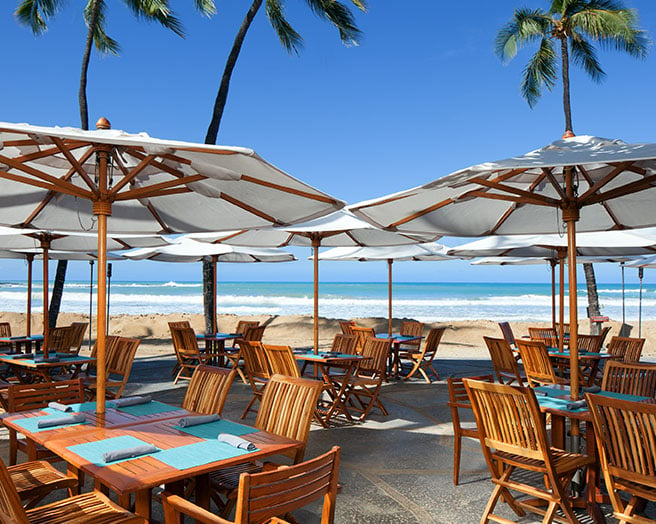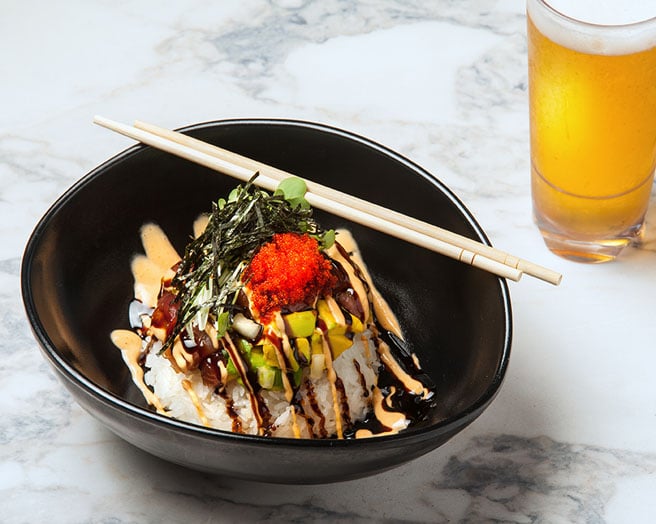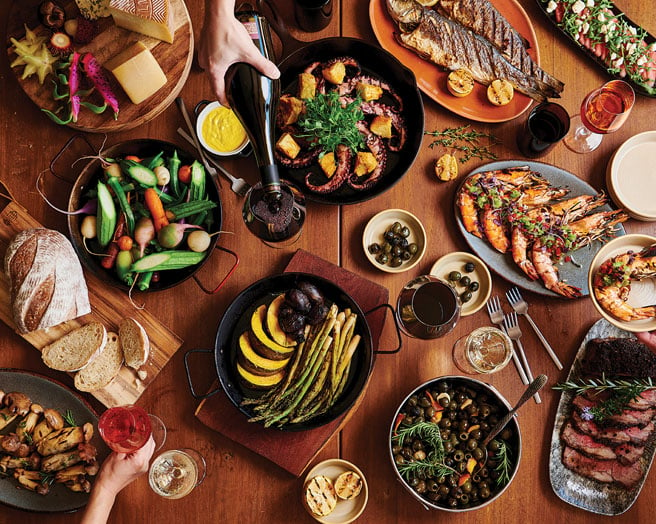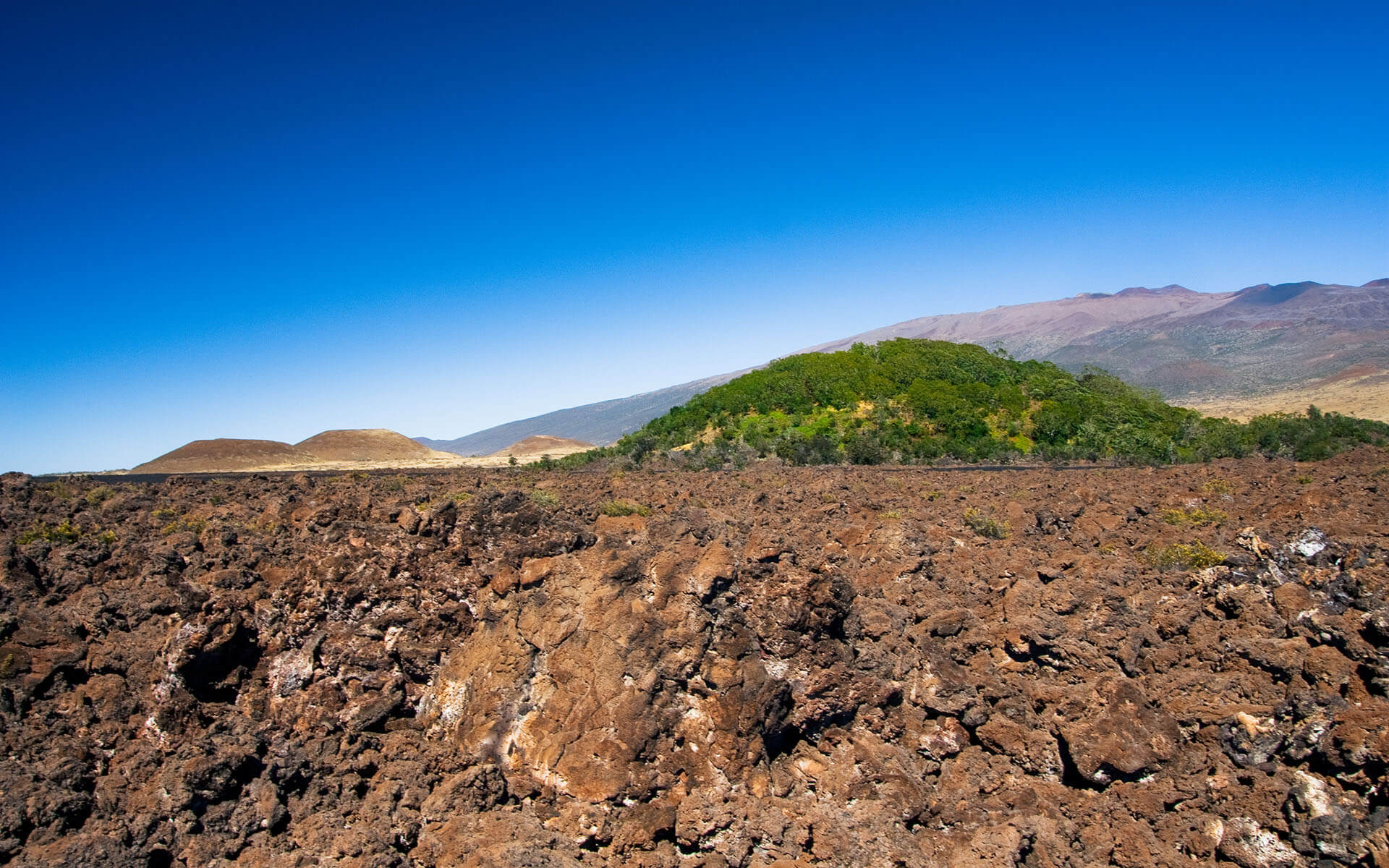Lying in plain site midway across Saddle Road, Pu‘u Huluhulu offers respite in a hidden oasis amongst a sea of lava
Back to Currents
Hawai‘i was once a secret in our world. The most isolated island archipelago on a vast blue planet, it evolved for millions of years hidden from modern humans in the timeless expanse of the mighty Pacific. Inevitably, on a day like any other, a solitary lookout from a small ocean going canoe, would spot a cloud bank in the distance. What at first must have resembled ancient green and white mountain gods floating in the sky, would reveal itself as a lush fertile landscape. A paradise cloaked in snow-covered volcanoes, cloud-coved rainforest, and sun-laden beaches.
Over the course of centuries, these settlers would slowly unravel the secrets of these mysterious islands. As travelers, pioneers, misfits, and wanderers old and new still wait in anticipation for their first glimpse of these heavenly silhouettes presiding over distant horizons, Hawai‘i is still a land full of secret valleys, hidden beaches, and exotic adventures.
In the bustling tourist town of Kona or the laid-back streets around Hilo, it’s hard to discover these natural treasures. But head off the beaten track and you can immerse yourself in unparalleled climates, ancient valleys, and hidden hikes. One of these secrets lies in plain sight on the Saddle Road between Hilo and Kona. Across from the turn off that meanders skywards to the mighty observatories of Mauna Kea, sits the Kīpuka Pu‘u Huluhulu Trail, rescued by the cinder cone it sits upon. Like an ecological lifeboat in a sea of lava from the 1843 and 1934 lava flows, Pu’u Huluhulu rises above the barren vistas characteristic of the saddle region between Mauna Kea and Mauna Loa. It’s easy to pass by this unassuming tree-lined hill on your trip across the Saddle or as you turn upwards toward the observatories thinking about the grandeur that awaits, and missing this diamond in the rough.
Although deceptive to the eye, this little kīpuka (volcanic oasis) is actually a 38-acre wildlife preserve and ancient Koa forest. From its top, only about 200 feet, the views of the surrounding countryside are surreal, in that—one must imagine—the pristine forest you are secretly nestled in, once covered the entire landscape in all directions.
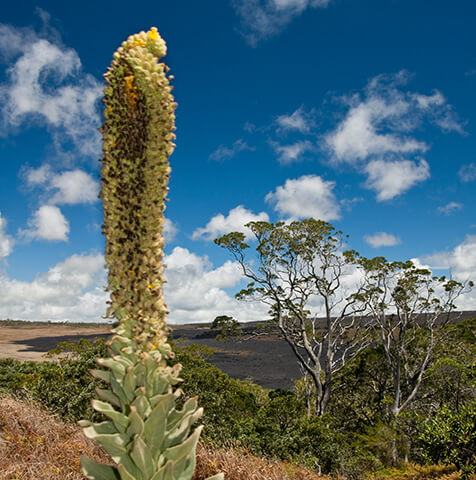
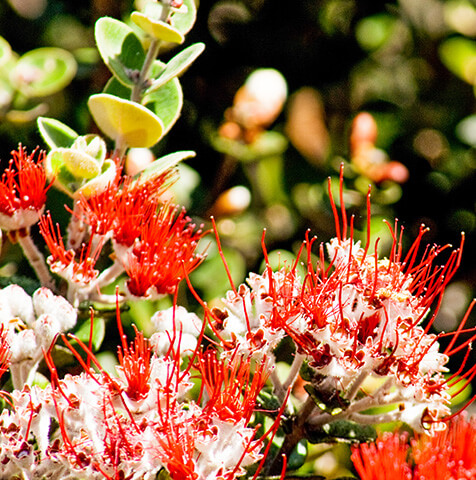
“Hawai‘i is still a land full of secret valleys, hidden beaches, and exotic adventures.”
Grazing cattle and lava flows destroyed most of the saddle, but the Pu‘u Huluhulu cinder survived. Today the forest service carefully manages this tiny enclave. Fences and effective management have created a safe-haven for native birds and plants to thrive, otherwise feral pigs and wild goats would happily have laid waste. Native birds like the ‘akepa (Hawaiian forest bird belonging to genus Loxops) and ‘akiapōlā‘au (Hawaiian honeycreeper), which have become quite rare, can be seen and heard here. Kalij pheasants, wild turkey, i‘o (Hawaiian hawk), nēnē (Hawaiian goose), and pueo (an endemic short-eared Hawaiian owl) are also regular visitors.
Of the three trailheads to the Pu‘u Huluhulu hike, two are located right off the main Saddle Road (mile marker 28) and one lies just off the Mauna Loa summit road. They are of varying difficulty. The easiest route is to park in the Saddle Road lot and walk around the right side of the cinder cone. Eventually you will find a trail that heads up into the forest. A slightly steeper and slippery trail also begins right at this same parking area. Finally, the Mauna Loa parking area offers a rugged steep trail as well. All of these trails connect and lead to the top. If you are in halfway decent shape any trail will work well, but take the easy path if hiking is no picnic for you.
However, if feeling secretly tucked away surrounded by the same native plants and animals that the first mariners discovered is in your repertoire, then get hiking! It’s hard to describe why Pu‘u Huluhulu has such a special feel and form, but the difference in smells, sights, and perspective, compared to the monotone uniformity of the saddle landscape, is quite remarkable. Some of the largest remaining koa trees on the island can actually be found here. Make sure to bring a picnic and plenty of time to enjoy. You can criss-cross the varying trails and explore the entire cinder cone, taking in spectacular views as you crest each side of the forest.
Pu‘u Huluhulu actually means “furry hill.” Perhaps the many shades of lichen adorning the gnarled, tentacle-like branches of the thick koa forest seem wild and untamed. The lichen even has tiny flowers upon close inspection. Another beautiful flower that is easy to find, though rare elsewhere on the island, is the pua kala. Known as the prickly poppy, these endemic poppy plants have beautiful white flower petals and vibrant yellow centers. Once you see one, you will always recognize them. Although they aren’t generally cultivated, the Hawaiians used their sap for its mild narcotic properties to treat toothaches, ulcers, and nerve pain.
My favorite part of this hike is finding a grassy, tree-lined turn in the trail and resting under the shade of an ancient Hawaiian wonder, listening to the sweet melodies of a Hawaiian honeycreeper or other native bird and the rustling of wind as it whips across the expansive saddle. Secure in the knowledge that this 38-acre oasis continues to provide a respite for humans and wildlife alike. At just under 7000-ft, it’s also a great place to acclimatize for a trip to the lofty summits of Mauna Kea or Mauna Loa.
Like all pristine areas, make sure to respect the mana (spiritual power) of this place by looking after it and recognizing the value it offers. Most importantly, close any gates you go through, which helps keep the many invasive creatures from getting into this prized bounty. No matter how many trails I discover off the beaten path, oftentimes harder to find than the Pu‘u Huluhulu hike, I am always drawn back to the secret world it has preserved.
